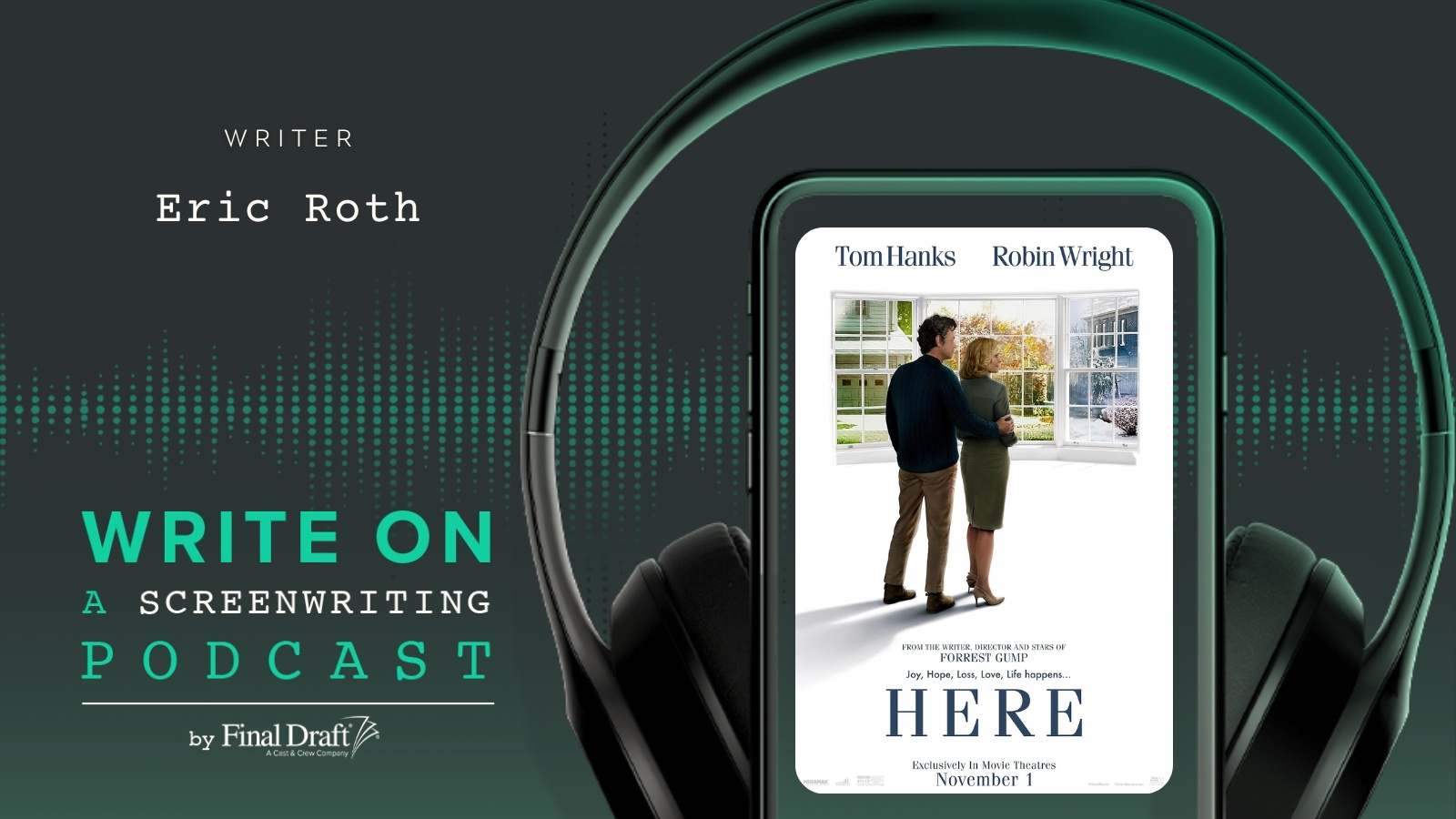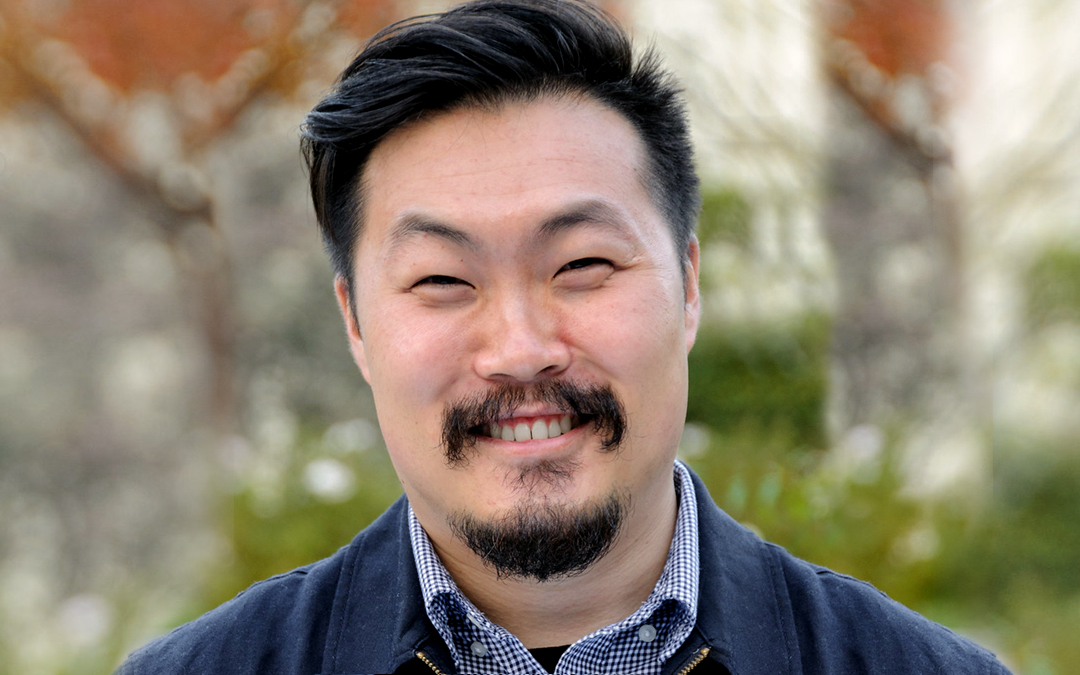Film School Spotlight: USC's John Wells Division of Writing for Screen & Television
February 27, 2019
Jack Epps Jr., known for his screenwriting credits on such popular films as Top Gun and The Secret of My Success, now lends his screenwriting expertise as Professor and Chair of the John Wells Division of Writing for Screen and Television at the University of Southern California.
Epps Jr. started at USC as a part-time adjunct professor to teach one class. Struck by the quality of the students, he ended up teaching a few more classes. “The next thing I know, I’m working full-time as a professor and now head up a whole division,” Epps Jr. reflects. “That’s the great thing about our program. It’s not just the quality of the instructors, but it’s the quality of the students who study here. The quality of the students really elevates the classroom and gets everyone to work at the top of their game.”
The quality of the instructors at the John Wells Division for Screen and Television is pretty impressive, too. Like Epps Jr., the instructors are working writing professionals who are able to teach from their own experience in Hollywood.
“We have an amazing faculty of experienced writers who take their professional experience into the classroom. We’re able to get people who work on TV shows during the day, and then teach their classes at night. They’re doing it at the same time as they’re teaching it, so I think it makes the instruction more current,” says Epps Jr.
“Working as a professional screenwriter, so much of it is creating good stories, creating good characters, and then telling those stories — so much of my instruction comes from my experience as a screenwriter on how to not only approach the material, but also how it works as a profession. It’s called the motion picture industry; it’s a business,” he notes. “So, it’s not just about teaching students how to write a script, but how do you build a career as a screenwriter? What we all try to do as instructors is help the students write what they want to write, and then help them get to that place where they’re working as a writer.”
Students study in a small workshop format throughout the program, which offers a B.F.A. for undergrads and an M.F.A. for graduate students, as well as minors in Comedy and Screenwriting. With a wide range of classes available, students learn and examine different aspects of writing, including story and character development, in workshop environments in addition to large, lecture-type classes. Epps Jr. adds that undergraduate students also take production classes so they have a “well-rounded experience on screenwriting.”
“We really support different points of view in the writing,” Epps Jr. says. “Writers just don’t learn one thing or one way to write, but rather numerous ways to tackle different subjects or methods of writing.”
As for which type of writer is best suited for the program, Epps Jr. says the applicants are far-reaching, including writers who have credits and want to hone their skills, to those who have never written a script before.
“Part of what we’re looking for as part of our admissions package is not someone who’s necessarily written a screenplay before, but we’re looking for a writer,” says Epps Jr. “We want someone who likes to tell stories. And it’s our job as the institution to teach these writers how to be a screenwriter.”
Epps Jr. admits that sometimes the less experience the writer has, the more attractive the application is. “I get a little cautious about writers who have already written 25 scripts before because I think, ‘Wow, this writer probably has developed a ton of bad habits already.’ We really like someone who doesn’t know a lot, so we can teach them.”
Writers from all over the country — and around the world — apply to the John Wells Division of Writing, which is one of the oldest screenwriting programs around, dating back to 1928. Applicants benefit from what Epps Jr. calls, “our Trojan network.”
“The application asks to see who the writer is. We want to know who the writer is and what they’re interested in, so it gives us an idea whether it’s a good fit or not,” Epps Jr. explains. “We want to make sure that our program is not only a right fit for the students, but are they the right fit for the program? We appreciate that it’s a lot of time and expense for the students, so we want to make sure it’s going to work for them.”
He continues, “It’s a large industry, and it’s really an advantage to be a part of that Trojan network and know there is a community of mentors and alumni that can basically help the students with their advancement.”
And the program’s alumni are both prestigious and ubiquitous. While Epps Jr. says the program’s biggest success story is Shonda Rimes, he’s quick to add, “We have students working throughout the industry on any TV series at any given time.”
Other notable alumni include Andrew Marlowe, creator of Castle and Take Two, Zahir McGee, executive producer on Scandal and For the People, and The Walking Dead showrunner Angela Kang.
“We jumped into television really early,” says Epps Jr. “We saw where it was going, and we developed a really solid television writing program, which helped launch a lot of successful pilots and careers.”
Staying ahead of the curve is another benefit of the John Wells Division of Writing, one that Epps Jr. is proud of.
“We’re constantly working on currency and things that keep us up-to-date to fuel our curriculum,” he states. “We took a hard look at [Virtual Reality] to see how it could benefit our students. We have a webisode class — we’re making sure that we’re providing our students with what’s happening today. We even had a podcast class.”
It follows that the curriculum has to evolve as the industry evolves. No doubt with the caliber of students in the program, and with teachers like Epps Jr. guiding them, they’ll be the ones deciding where the industry goes one day.
Written by: Brianne Hogan
Brianne Hogan is a freelance writer currently based in Prince Edward Island. A film studies graduate from NYU, her byline's been featured in Creative Screenwriting, ScreenCraft, The Huffington Post, among others. "Jurassic Park" is unashamedly her favorite movie (at this moment). You can follow Brianne on Twitter via @briannehogan- Topics:
- Industry Interviews & Spotlights




